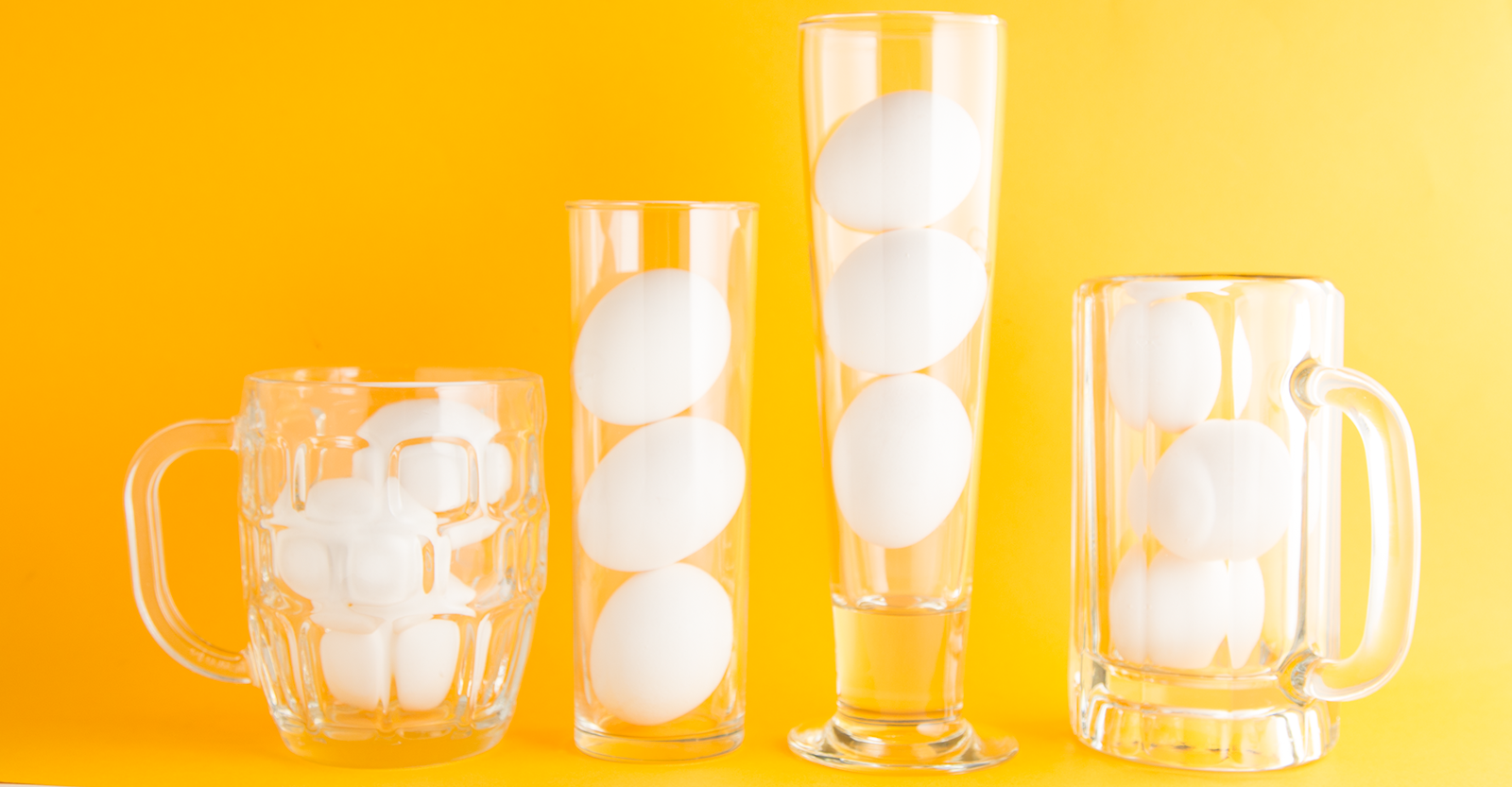Lagers simply take more time, need more yeast cells, and require colder temperatures than ales. And, for at least a day or two, they can also smell far more horrendous.
Sulfur, or more accurately hydrogen sulfide, is a gas that features the unmistakable aroma of rotten eggs or of geothermal features. My first homebrewed lager gave off so much sulfur during primary fermentation that the garage smelled like a Yellowstone mudpot for close to a week. The Helles turned out great, but it was certainly an exercise in trust. Even when you visit a commercial brewery, you’ll often pick up a not-so-subtle whiff of eggs gone bad. It’s just part of the experience.
All yeast strains produce some amount of hydrogen sulfide during fermentation as a by-product of sulfate processing. According to Angela Linderholm and Linda Bisson of the Department of Viticulture and Enology at the University of California, Davis, Saccharomyces cerevisiae can produce up to 290 micrograms per liter of hydrogen sulfide in wine. The human threshold for detection is a very low 0.01 micrograms per liter.
Ale fermentations are usually vigorous enough that sulfur is scrubbed from the beer as carbon dioxide escapes. Lagers, on the other hand, have two strikes against them. First, the fermentation itself is generally more subdued, which means less sulfur is propelled from the fermentor. Second, lager yeasts usually produce more sulfur compounds than their top-fermenting counterparts in the first place.
Want to learn more about brewing lagers? Get CB&B's Introduction to Lager Brewing DVD.
If you find that your finished homebrew contains more sulfur than you’d like, here are some things to try.
Give your beer more time. Lagers, in particular, need time to mellow and become less rough around the edges, and part of this maturation is the release of sulfur. If you keg or bottle too early, you may be trapping hydrogen sulfide in the beer.
Buy some yeast nutrient. All-malt wort usually contains everything a yeast cell needs to conduct fermentation, but depending on your malt and water profile, your wort may be short on zinc or nitrogen. Adding some nutrient might help.
Consider your yeast strain. Some lager strains are simply more sulfuric than others. In my case, it was a Munich lager variety, which makes excellent beer, but also makes a terrible stink. Mexican lager and American lager strains are sometimes less sulfuric than their Continental counterparts, but experimentation is key.
Keep in mind that certain beer styles can get away with a very small amount of sulfur. Traditional Burton IPA, for example, was historically brewed with high sulfate water, which lent a sulfury note called the "Burton snatch."

